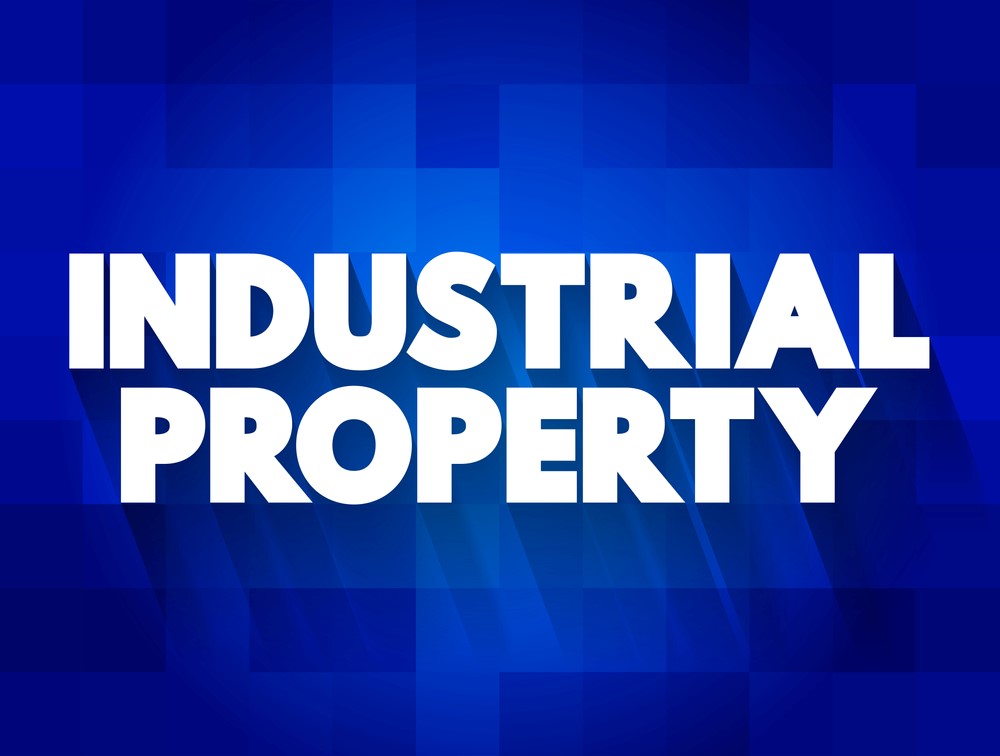By: Ana Esther Urquizo
The purpose of the Federal Law for the Protection of Industrial Property -according to section I of article 2 of the Law-, is among others, to "protect industrial property through the regulation and granting of utility models registrations..." being the Mexican Institute of Industrial Property the administrative authority - a decentralized agency with legal personality and own assets- in charge of allowing such protection.
Pursuant to article 59 of the referred ordinance, “objects, utensils, apparatuses or tools that, as a result of a modification in their arrangement, configuration, structure or form, introduce a different function with respect to the parts that integrate them or advantages as to their utility, are considered utility models”.
These are then, improvements to apparatus, devices, utensils, tools or machinery to obtain a new functionality.
A utility model will be registered if it complies with the requirements of novelty and industrial application. Likewise, the rules of the Law regarding Patents contained in Chapters II -Patents- and VI -Patent Prosecution- of Title Two - Inventions, Utility Models, Industrial Designs and Layout-Designs of Integrated Circuits- shall apply, except for articles 53, 98, 107 and 109 of the Law. Said exceptions refer to: (i) the term (utility models will have a term of fifteen non-extendable years counted from the filing date and subject to the payment of fees for each annuity, while in patents their term is twenty non-extendable years counted from their filing date and subject to the payment of fees for each annuity), (ii) all related matter to biological material in the case of inventions, (iii) the rules for publication of patent applications once the formal examination has been approved and after the expiration of the eighteen-month term, and (iv) the faculty of the Mexican Institute of Industrial Property to receive -within a term of two months counted as of the business day following the day on which the publication of the patent application takes effect- information from any person regarding the patentability of the relevant invention.
The natural person who invented the relevant utility model may exploit it exclusively and temporarily and may prevent third parties from using, selling or manufacturing it without their consent.1
Certainly, there are countless utility models from whose use we benefit every day, such as the folding modules for functional furniture at home, in the office or in a store; the adaptable mechanism in chairs that allows the fixed positioning of the body in different postures; the folding desk; the two-step corkscrew; the lighter with integrated bottle opener, among many others.
It should be noted that the figure of the utility model is contemplated in the laws of many countries. Miguel Polvorinos states in his article published in H&A2 entitled El modelo de utilidad en Europa: el hermano pequeño e infravalorado de la patente(The utility model in Europe: the patent's undervalued little brother) that: "...besides Spain, almost all European countries members of the European Patent Convention (EPC) include in their national Industrial Property legislation the existence of the utility model”. Polvorinos also points out that even Germany has a Utility Model Law (Gebrauchsmustergesetz).
The Paris Convention for the Protection of Industrial Property, the Agreement on Trade-Related Aspects of Intellectual Property Rights (TRIPS), among others, also include this figure.
The procedure to obtain its protection is usually simpler, faster and less costly than that of a patent application. The utility model undoubtedly encourages innovation and inventors have protection to use and exploit improvements and developments to products that have already been created.
2 https://www.hyaip.com/es/espacio/el-modelo-de-utilidad-en-europa-el-hermano-pequeno-e-infravalorado-de-la-patente/
1 Article 63 of the Federal Law for the Protection of Industrial Property.









